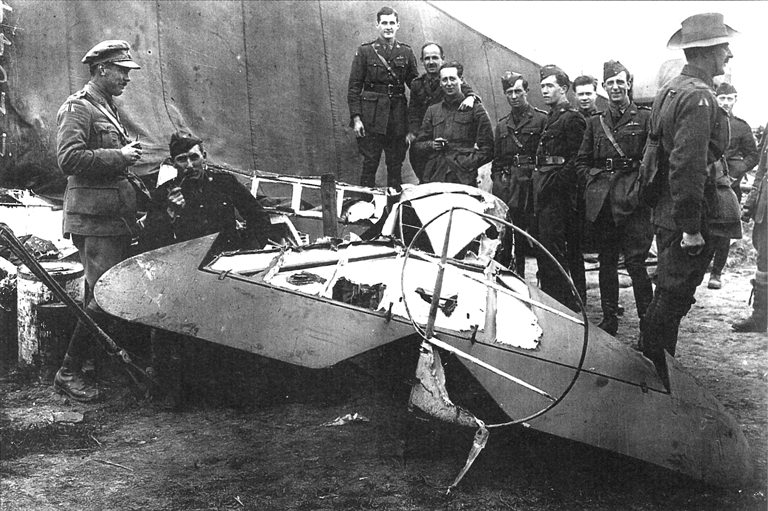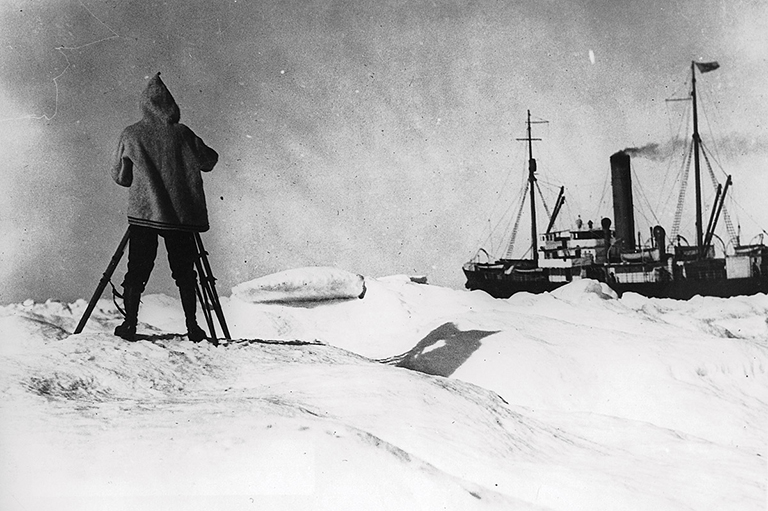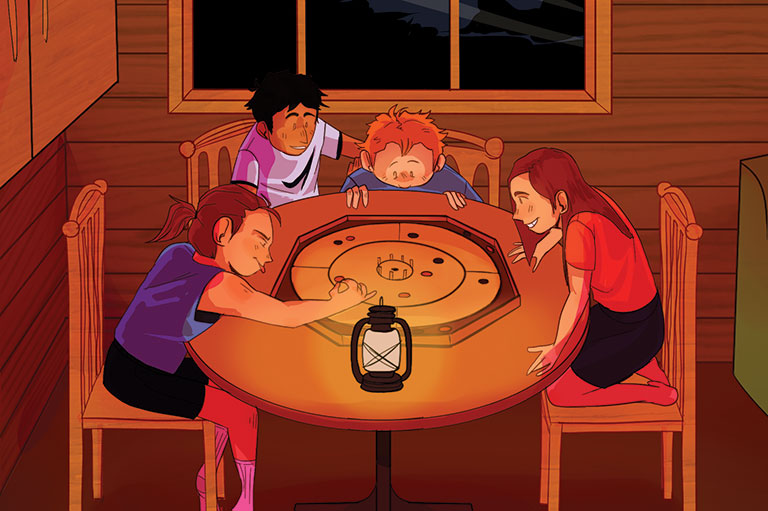Canadian Innovators Helped Film Go Big

The large motion picture format shown in theatres around the world had its beginnings in Canada’s National Film Board and in the creative energies showcased at Expo 67.
Graeme Ferguson and Roman Kroitor had both been interns at the NFB, and Kroitor was employed there when he proposed a multi-screen experimental film for the Expo. Ferguson, meanwhile, worked as an independent filmmaker and was asked to make his own film for Expo 67. He approached his former Galt, Ontario, schoolmate Robert Kerr to set up a production company.
At Expo 67, experimental film projections using many screens and projectors in different arrangements were a huge success, and the Fuji company asked Kroitor to participate in Expo 70 in Osaka, Japan. He and Ferguson discussed the possibility of using a single projector to improve image quality and reduce complications. With Kerr they formed the Multiscreen Corporation, which soon changed its name to IMAX.
Extending techniques developed in Norway and Australia, and with help from another former Galt schoolmate, Bill Shaw, the company developed a large-format projector and camera in time to show the film Tiger Child in Osaka.
The following year, the first permanent IMAX theatre opened at Ontario Place in Toronto. The first film to be screened was North of Superior (see film clip below).
In 1989, the Canadian Museum of Civilization (now the Canadian Museum of History) in Ottawa became the first IMAX theatre in the world to combine an IMAX screen with a full 180-degree IMAX dome. Then, in 2010, while retaining the dome, the museum converted its main IMAX screen to show 3-D films (see video below), making it the only theatre in North America to offer both experiences.
We hope you will help us continue to share fascinating stories about Canada’s past.
We highlight our nation’s diverse past by telling stories that illuminate the people, places, and events that unite us as Canadians, and by making those stories accessible to everyone through our free online content.
Canada’s History is a registered charity that depends on contributions from readers like you to share inspiring and informative stories with students and citizens of all ages — award-winning stories written by Canada’s top historians, authors, journalists, and history enthusiasts.
Any amount helps, or better yet, start a monthly donation today. Your support makes all the difference. Thank you!
Themes associated with this article
Advertisement
You might also like...

Canada’s History Archive, featuring The Beaver, is now available for your browsing and searching pleasure!

Beautiful woven all-silk necktie — burgundy with small silver beaver images throughout. Made exclusively for Canada's History.








